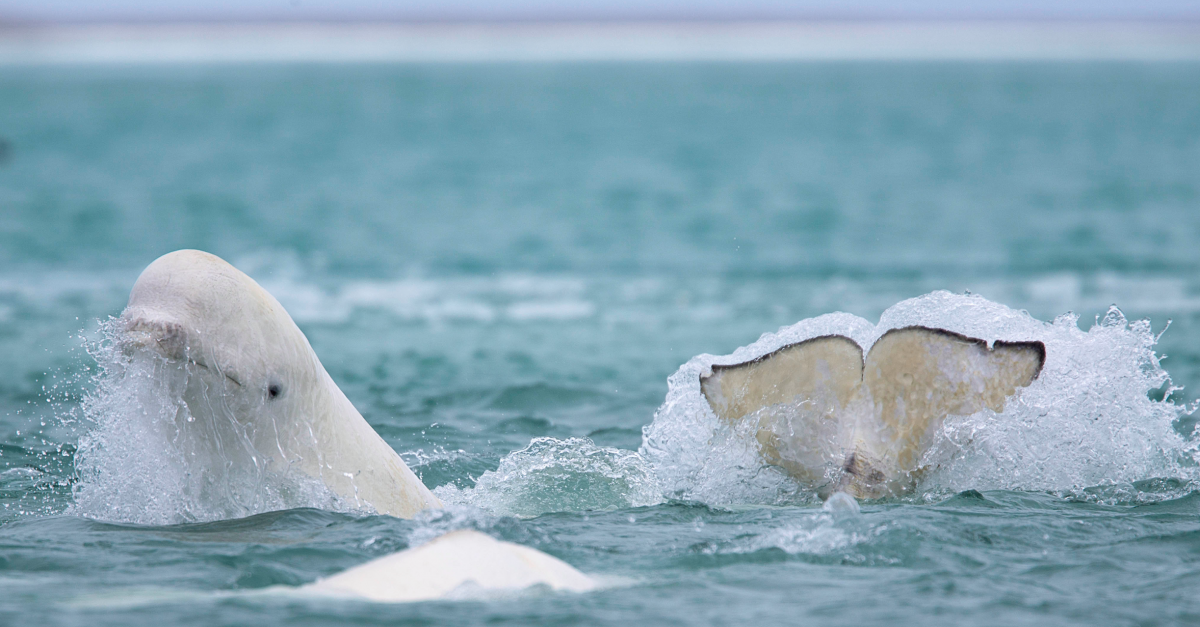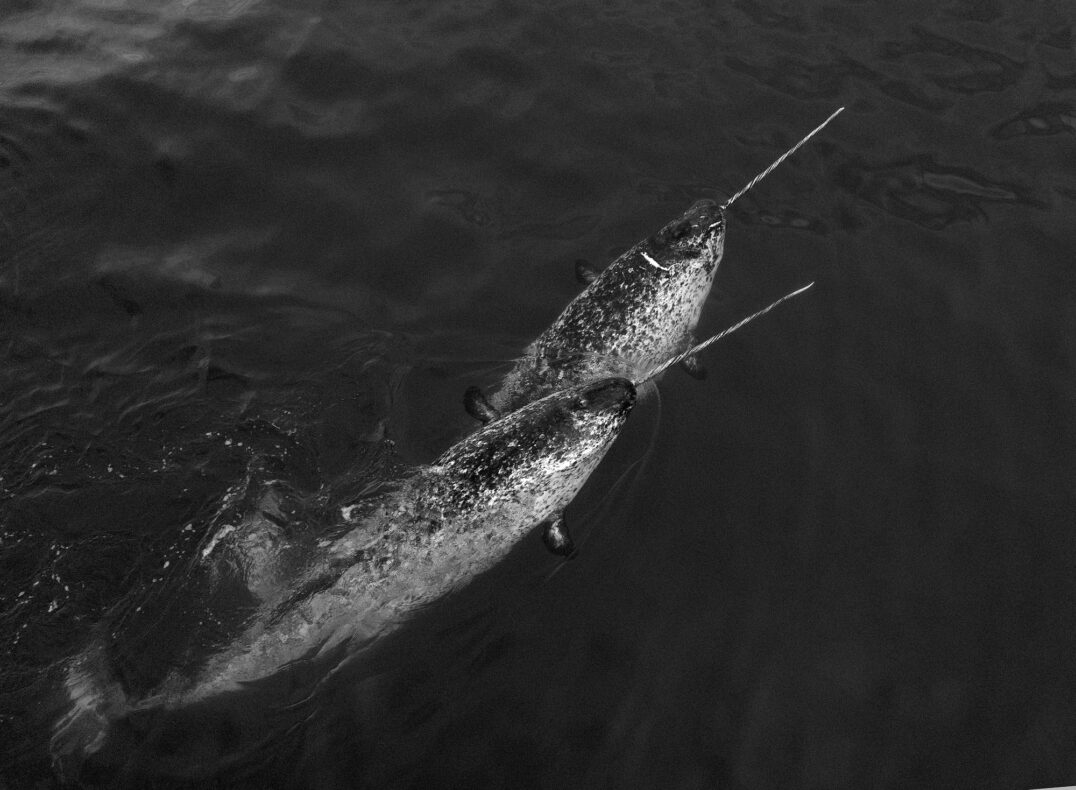THE NORTHERN PASSAGE
The archipelago has more than 36,000 islands, most of which belong to nunavut territory. During the harsh polar winters, when the temperature drops to -35ºC and colder, large parts of the straits freeze. Passageways are then closed, the sea ice forms an impregnable barrier for ships. Even during the short summer, large accumulations of ice floes can cut off the road. Many expeditions over many centuries were needed to find navigable sea routes connecting the Atlantic and Pacific Oceans. The harsh landscape has a maritime history of perseverance, wintering on a frozen sea, disaster, and ultimately triumphs. But even though different routes were mapped, there was never the guarantee that the Northern Passage would be completely open every year.
ABOVE THE ARCTIC CIRCLE
In recent decades, temperatures in the Arctic have been creeping up structurally. A worrying development, but with a favourable side effect for you as a traveller: the Northern Passage is more accessible than ever at the end of the summer, and also many fjords and bays are navigable. So you can penetrate deep into an inhospitable but irresistibly beautiful area, far above the Arctic Circle. From a tough and extremely comfortable cruise ship you can dream away with a view over the timeless landscape, where the sun hardly sets.







